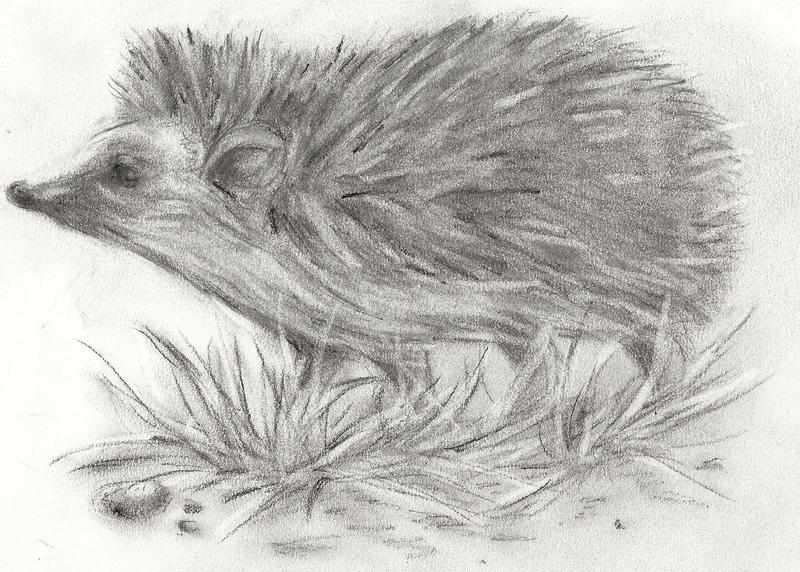 The Arabian Mau is a formal breed of domestic cat, originated from the desert cat, a short-haired landrace native to the desert of the Arabian Peninsula, which lives there in the streets and has adapted very well to the extreme climate. The Arabian Mau is recognized as a formal breed by few fancier and breeder organization and cat registry, World Cat Federation (WCF) and Middle East Cat Society (MECATS). Based on one landrace, the Arabian Mau it is a natural breed.
The Arabian Mau is a formal breed of domestic cat, originated from the desert cat, a short-haired landrace native to the desert of the Arabian Peninsula, which lives there in the streets and has adapted very well to the extreme climate. The Arabian Mau is recognized as a formal breed by few fancier and breeder organization and cat registry, World Cat Federation (WCF) and Middle East Cat Society (MECATS). Based on one landrace, the Arabian Mau it is a natural breed. |
| REALLY PRETTY CATS |
It is medium in size, with a body structure that is rather large and firm, not particularly slender, and with well developed musculature. The legs are comparatively long, with oval paws.The head appears round, but is slightly longer than broad. The nose is slightly concave curved, when viewed in profile. The whisker pads are clearly pronounced, with a slight pinch. The chin is very firm. The eyes are slightly oval, large and slightly slanted. The cat may have any normal cat eye colour, and there is no relation between the eye and coat colors, usually Arabian Maus have bright green eyes. The ears are large, slightly forward and sideward-placed, high-set on the skull.[1]The tail is generally of medium length and tapers slightly towards the tip.The coat is short and lying close to the body. It has no undercoat and is firm to touch. It may not be silky, but is noticeably very glossy.
 |
| THIS IS A BROWN ARABIAN MAU |
The desert cat has been a landrace native to Kuwait, Qatar, Saudi Arabia, and the United Arab Emirates for more than 1,000 years. Desert cats are well adapted to the hot, Middle Eastern environmentGenerally Arabian Mau cats have very loving temperaments. The main feature of this cat breed is their devotion, love and affection for the owner. This cat will always be a reliable companion of an individual that loves his cat and cares for it. Arabian Mau gets along very well with children and different kinds of animals. These cats are neat and take care of themselves very well.Arabian Mau cats were adapted to a desert life style and had to hunt for food themselves; possibly because of this they are not picky about food and they seem to love eating. They like to play and so this breed is very active and curious. They are good hunters, quick and agile. Cats that are allowed to go outdoors, will easily catch a prey and bring it back home. These cats easily jump and jump high. Outdoor cats like to walk around their territory and their house; Arabian Mau are very territorial breed. Males always guard their territory from other male cats.
 |
| SOME ARABIAN MAU KITTENS BUT DIFFERENT COLOUR |
Females are medium sized and elegant; however, males can be very huge. They have muscular bodies though females are slightly smaller. Their legs are long with perfectly oval paws. They have large ears. The tail has medium length with tapering toward the tip. The head appears to be round, but it is slightly longer than broad with well-defined whisker pads. Ears are large and well set. Their eyes are oval and match the coat color. The fur is short and without any undercoat; besides it lying close enough to the body. The coat should not be silky. The colors can be different but the most recognized are red, white, black, black and white, brown and brown tabby..Arabian Mau breed has good health. Kittens are born strong and healthy, as the Arabian Mau cats have a good immune system. Both pedigreed cats and mixed-breed cats have varying incidences of health problems that may be genetic in nature. Arabian Mau's are generally healthy cats, as they are a natural breed.



